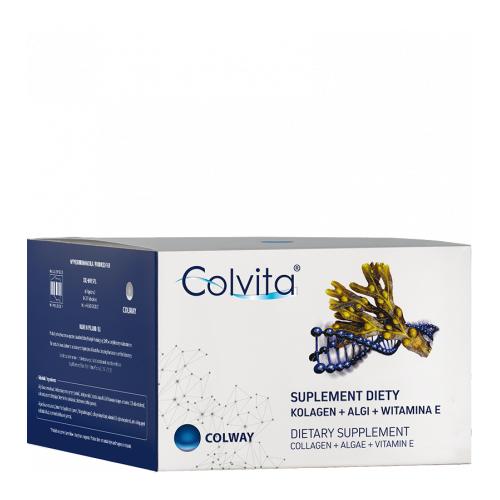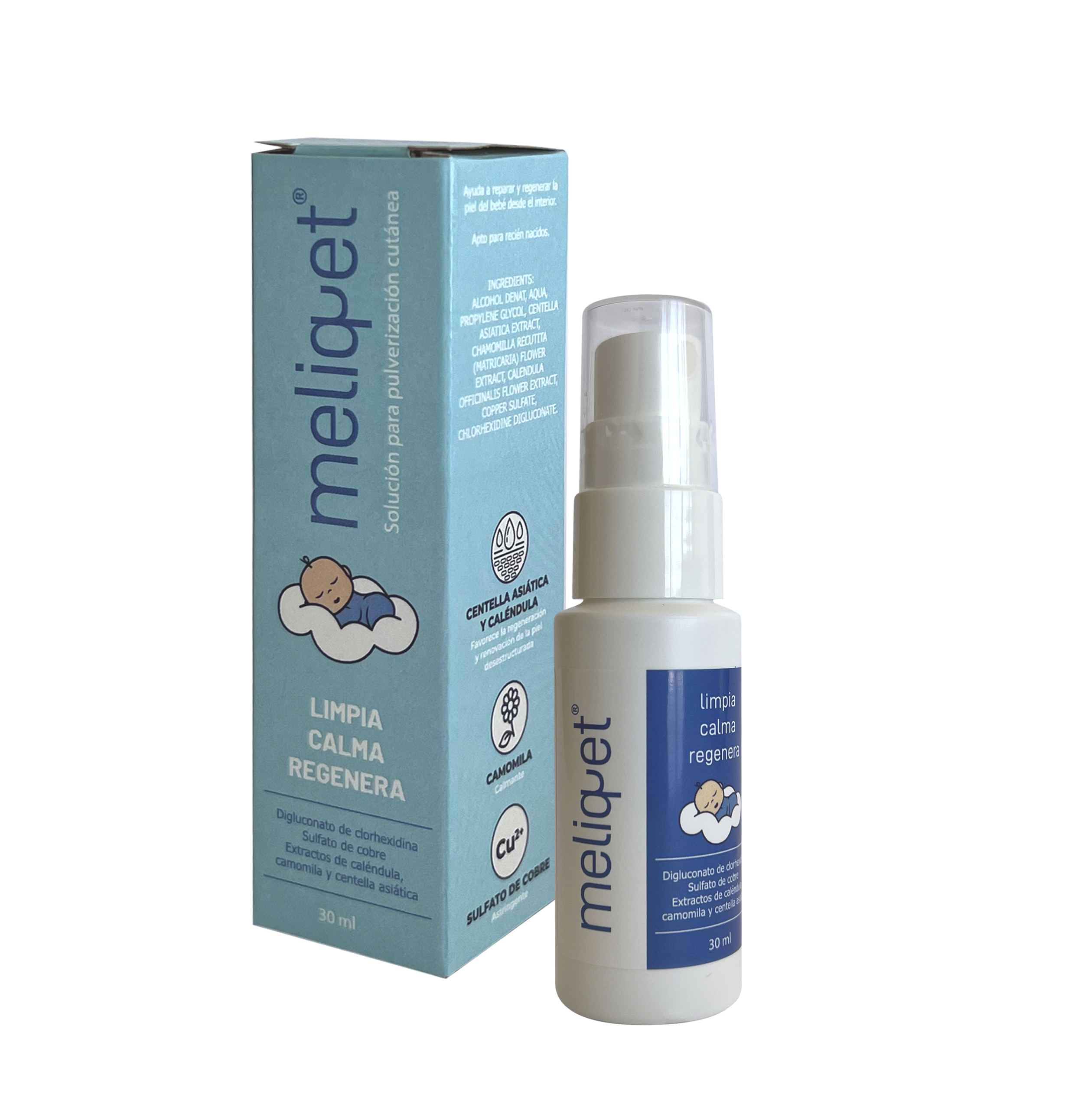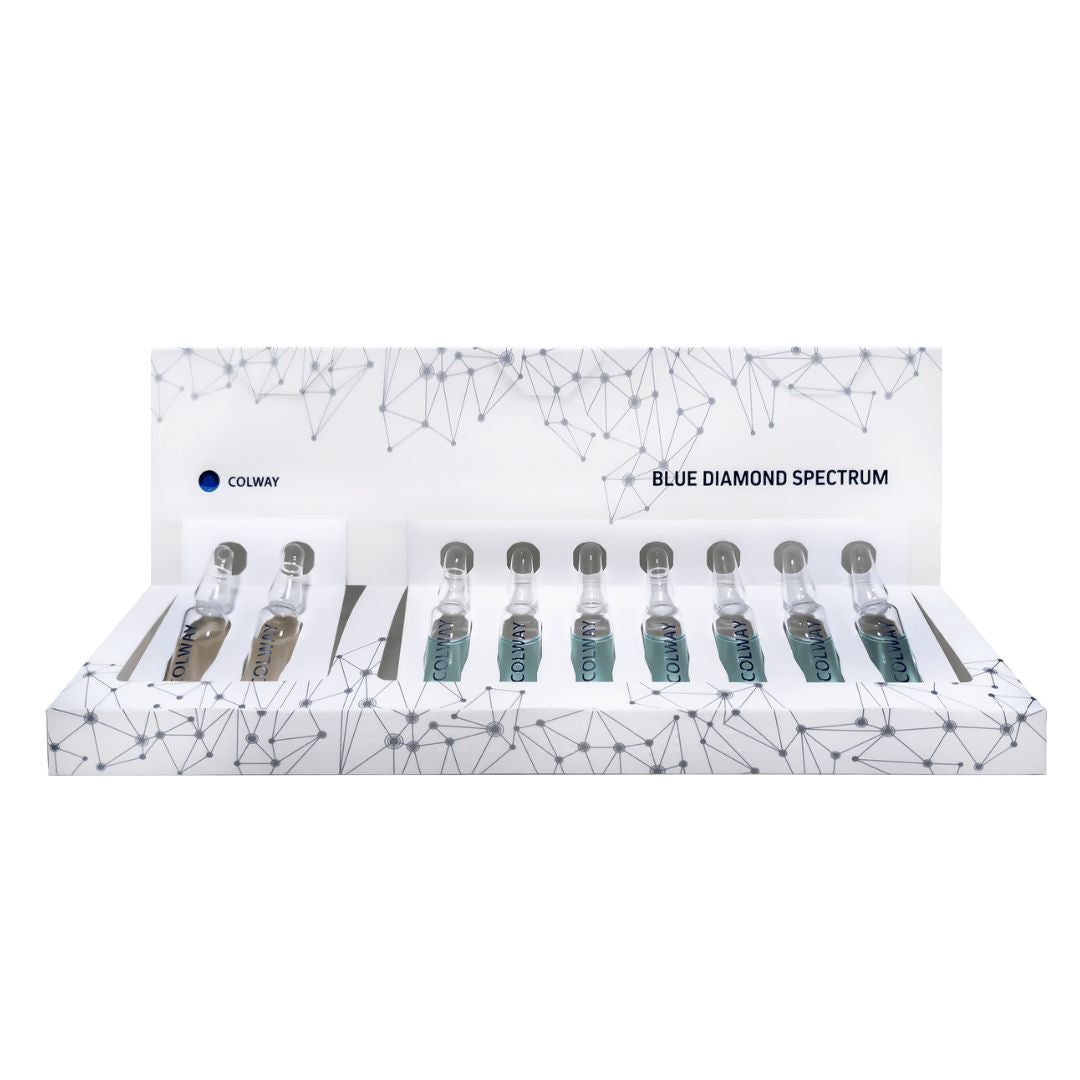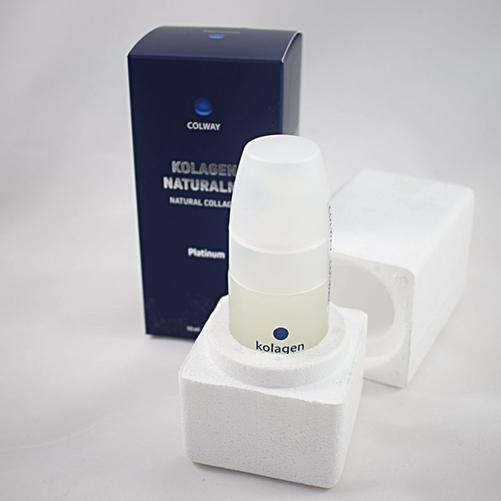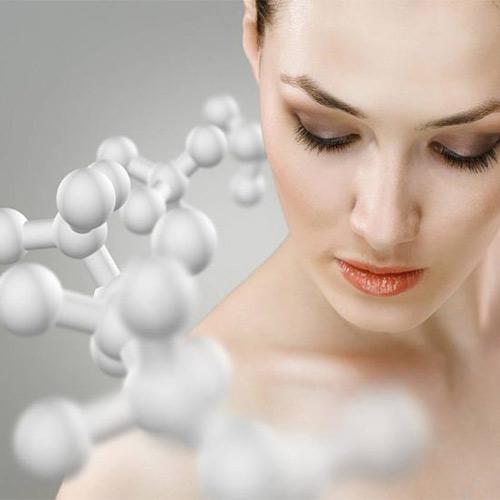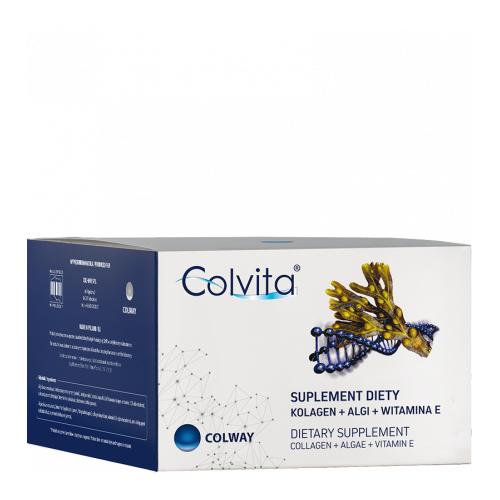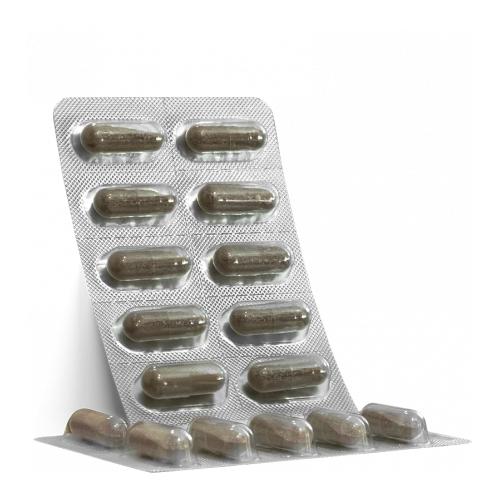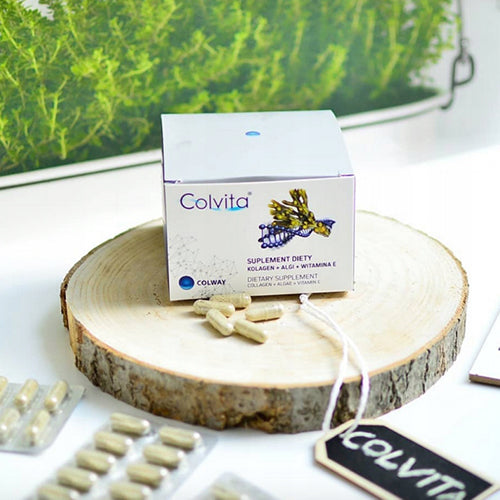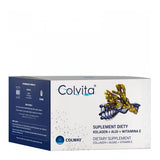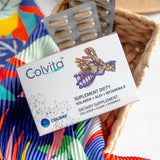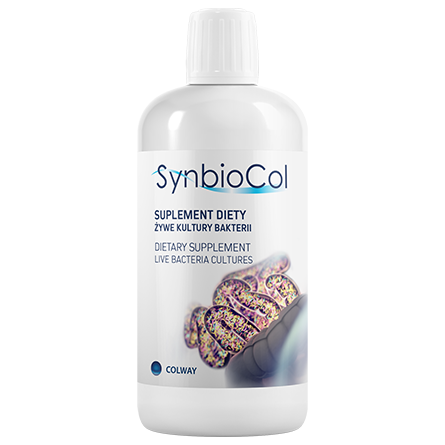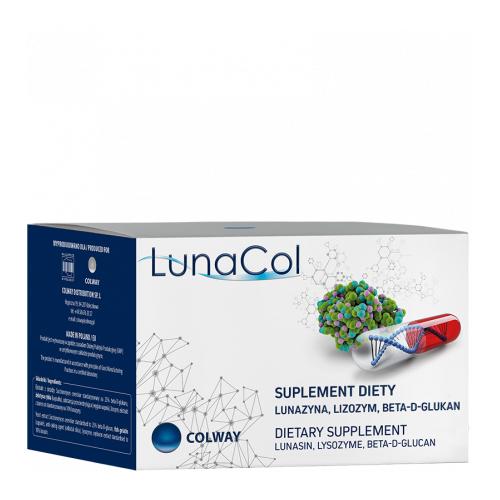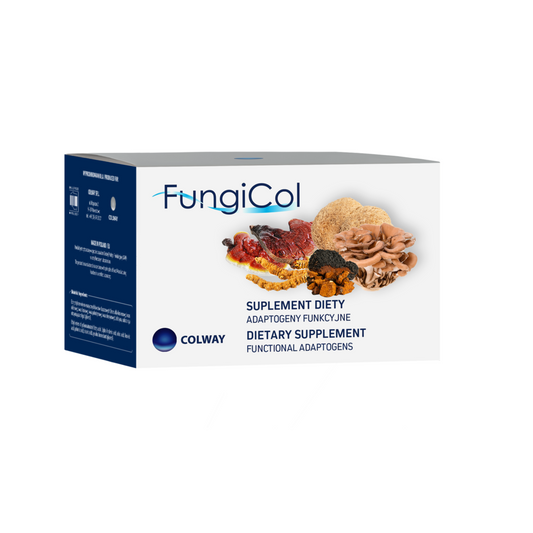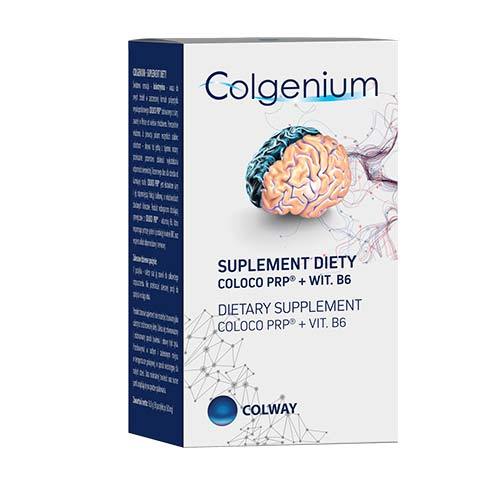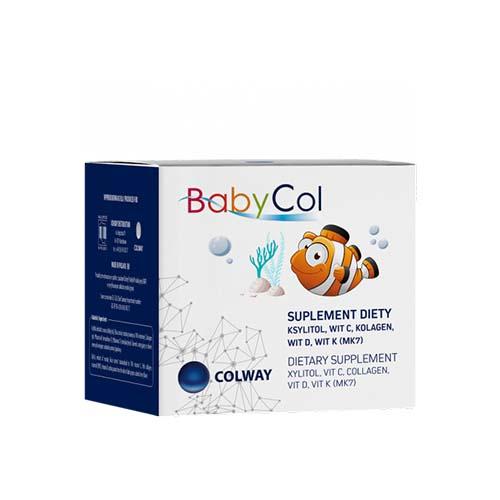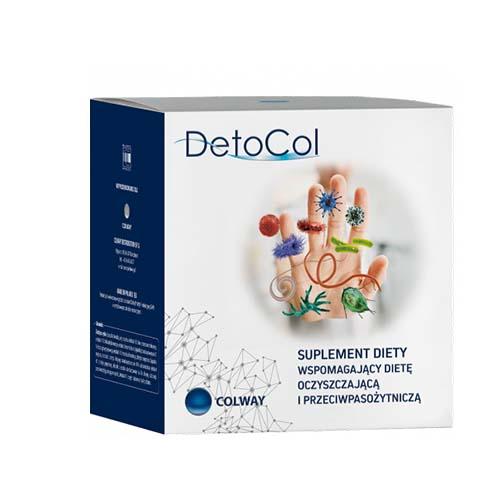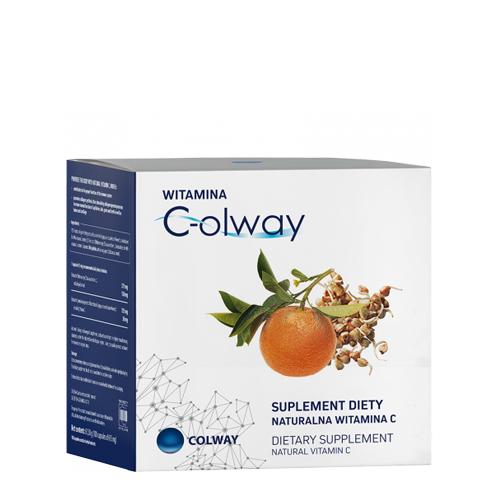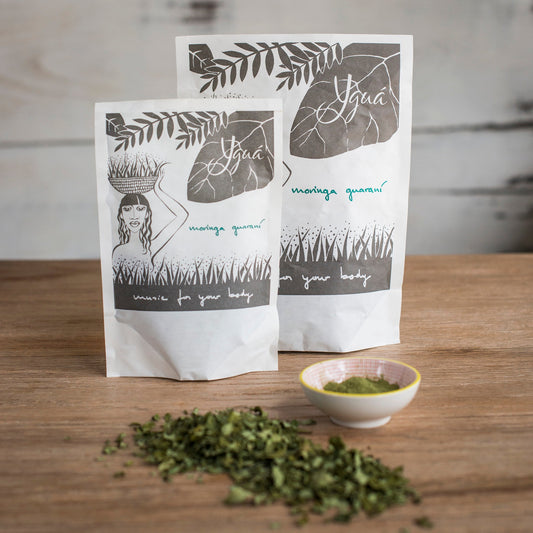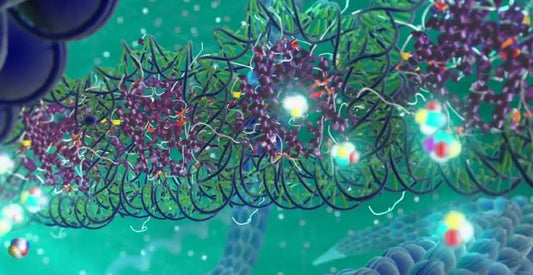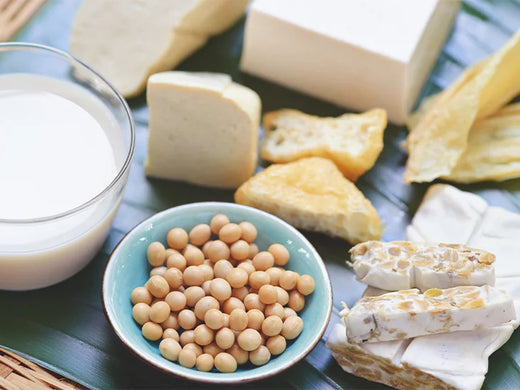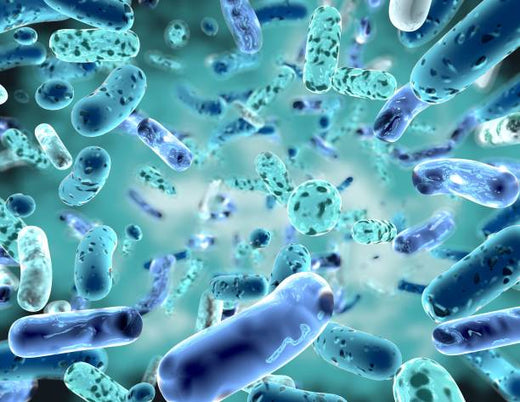When reading the descriptions of many cosmetics / supplements, we see different definitions of collagen, that is: bovine, porcine, vegetable, hydrolyzed, etc. The definitions do not give us any knowledge about this protein that is very important for the body. Below is some information on the types of existing collagen, depending on the origin and the processing method:
1- Origin of collagen
1.1- Animal collagen
Collagen is a group of basic body proteins in animals. The family includes more than 20 types of proteins of different structures, properties, tissue locations, and functions in the body.
These proteins dominate in the construction of connective tissue, p. Eg skin, cartilage and bones, and also all important organs. Collagen proteins vary insignificantly between different species; however, the changes have a significant effect on the properties of this protein.
Higher vertebrate collagen tends to be more cross-linked and has a higher denaturation temperature. Furthermore, during the aging of higher animal collagen, intramolecular and intermolecular lateral covalent crosslinking bonds are formed in their bodies (in vivo) to improve the stability of collagen fibers. The greater the number of bonds, the greater the density and strength of the collagen.
However, the solubility of collagen decreases. This collagen crosslinking is detrimental to the appearance of our skin. It becomes less elastic and toned.
Collagen from fish skin is significantly less cross-linked than collagen from bovine or pig skin and, therefore, its solubility is much higher than that of others. The higher "solubility" of fish skins allows the native form of collagen to be obtained in the finished product, collagen gel, using an extremely delicate method of obtaining the protein under conservative conditions.
Obtaining collagen from pig hides requires highly offensive chemical and / or enzymatic processing, causing significant protein degradation. Furthermore, bovine protein can be a carrier for prions. Prions are potentially infectious proteins commonly observed in most higher animals (mammals, reptiles, and amphibians) that are harmless when transforming their natural conformation, after which they become infectious proteinaceous particles. Infectious prions cause lethal diseases of the nervous system in both animals and humans, ie, BSE or Creutzfeld-Jacob disease.Fish are inferior organisms and so far it has not been confirmed that they have the ability to produce prions.
1.2-Vegetable collagen (phytocollagen)
Plant phytocollagen includes polycarbohydrates of plant origin that give the skin the effect of a protective film and an astringent effect similar to animal collagen. The specific characteristic of collagen is the content of two amino acids: hydroxyproline and hydroxylysine, almost exclusively specific for this protein. However, there is a plant protein, called extensin, that contains hydroxyproline.
2- Collagen processing
2.1- Hydrolyzed collagen
Hydrolyzed collagen is also known as gelatin. It is formed as a consequence of the thermal destruction of the crosslinking bonds and peptide bonds of collagen proteins. The hydrolyzate is a mixture of fragments of various weights; however, its molecular mass is always less than the molecular mass of native collagen. Because, during gelatin production, it is not necessary to observe the delicate structure of collagen, the raw material for gelatin production undergoes preliminary processing using strong acids or bases, so the production conditions of the hydrolyzate are significantly faster and allow the use of more raw materials that contain collagen, that is, bones. Due to the large amount of cheap raw material, collagen hydrolyzate is the cheapest type of collagen derivative, widely used in food production as an agent that ensures proper texture or as a thickener. Hydrolyzed collagen is also voluntarily used by cheaper cosmetic manufacturers as a substitute for native collagen protein, but it is unfortunately not standard.
2.2- Freeze-dried collagen - Natural fish collagen
Freeze drying is one of the methods of obtaining dry products. It is based on lyophilization and is carried out at temperatures below 0 ° C, under significantly reduced pressure. The process is used to dry highly sensitive compounds and substances, especially those not resistant to heat. As a result of this process, the active substances maintain their activity and value, that is, vitamins, proteins, enzymes, minerals, etc., which are not destroyed.
The lyophilized preparations contain only traces of water and do not require the use of preservatives. The preparation obtained after lyophilization can be easily rehydrated without losing its organoleptic and biological properties.
This type of collagen is used mainly in dietary supplements, especially those used for the regeneration of skin, bones and cartilage. Freeze-dried collagen is also used in the production of collagen masks and lobules and dressings. All these preparations are usually very expensive, which is due to the high expense and cost of lyophilization.Colvitais a colegen supplement that uses freeze-dried collagen.

